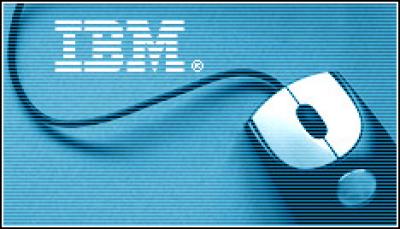Continued from page 2
Betting on System/360
Change was certainly at work when Watson Jr. made one of IBM’s biggest bets: setting its engineers on a course to build the System/360 mainframe. That system was a risk because it would cannibalise IBM’s existing product and require greater investment from customers, while also costing $5 billion to build — $34 billion (£21bn) in today’s dollars.
Watson Jr. later called the System/360, which launched in 1964, “the riskiest decision I ever made.” But it paid off handsomely, enabling IBM to dominate that space for the next two decades.
 Jeff Frey, an IBM Fellow and director of System z architecture and design, said the System/360 “set the stage for large system computing.” The System/360 also saw “the introduction of virtual memory and massive virtualisation and brings us to where we are today,” he added.
Jeff Frey, an IBM Fellow and director of System z architecture and design, said the System/360 “set the stage for large system computing.” The System/360 also saw “the introduction of virtual memory and massive virtualisation and brings us to where we are today,” he added.
Moreover, the System/360 introduced OS/360, the mainframe operating system that evolved into the z/OS (the operating system for the new system z mainframes) and “has evolved over time more than any single piece of software in history,” Frey claimed. Delivering software for the System/360 led to other software advances, such as transaction processing monitors and databases: IMS and relational databases, he said.
In the late 1980s, IBM had to decide whether to continue using bipolar technology to build its processors for the mainframe or to move to CMOS. The company placed another big bet and moved to CMOS, which led to IBM restructuring its software. That enabled the company to deliver Parallel Sysplex, which, in turn, allowed a cluster of IBM mainframes to act together as a single system image with z/OS.
Like IBM, the mainframe keeps reinventing itself. Last year, IBM introduced the zEnterprise System, which can manage a virtual collection of heterogeneous hardware as if it were one system, Frey said.
Hardware has always been the foundation of IBM, pointed out Rod Adkins, senior vice president of IBM’s Systems and Technology Group, adding that it will continue to be a critical building block as the company evolves — particularly for the cloud, Big Data and analytics.
Continued on page 4





